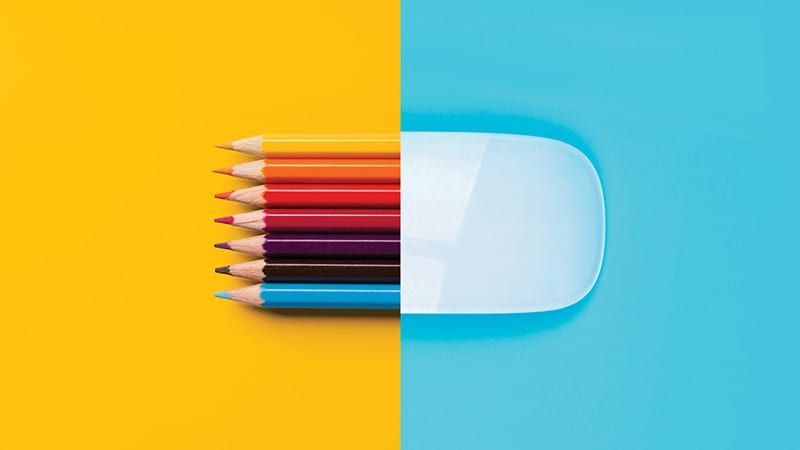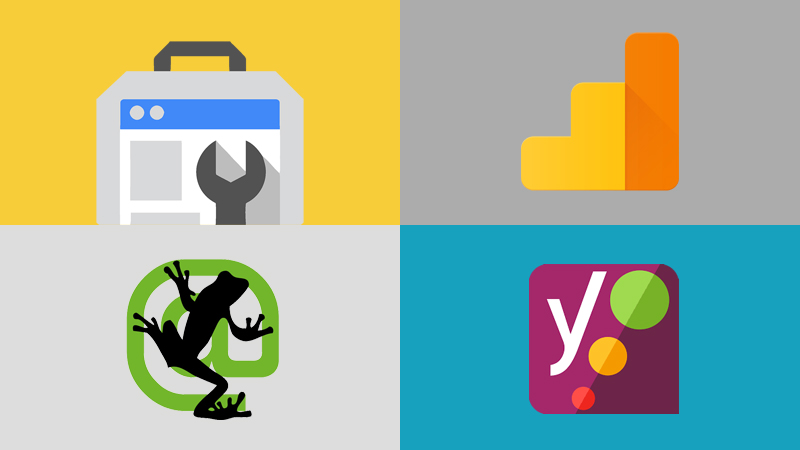The digital marketing landscape is full of brands that think creativity and technology are separate considerations.
But the days of following a linear path to content creation are over. Brands and agency partners will fall behind if they continue to compartmentalize creative, technical and analytical teams during ideation.
It isn’t enough to come up with great content, or have the in-house capabilities to build a fantastic website or app — there will need to be a better connection between the two. Companies will need a campaign that resonates with audiences, and a digital experience that engages the audience and elevates the brand along the dynamic user journey.
Traditionally, teams responsible for creativity and technology have worked separately. This separation stems from the belief that creatives are expected to come up with the big ideas and technology teams are expected to execute the concepts. In reality, the two disciplines need to work as one to be more effective.
Filling the void between technology and creativity
As an attempt to keep up with consumer demand, many companies have begun to fill creative technologist roles, but limiting that state of mind to a single resource is not enough.
The creative technologist is no longer a role or person – it’s a way of operating, a way of considering, developing and deploying audience-first marketing.
What is a Creative Technologist?
The terms “creative technologist” and “creative technology” began appearing in 2010 as both a job title and an emerging field within marketing. As marketing stacks grew, so did the need to have qualified teams able to both understand and push the newest technology to its maximum potential.
Creative technologists understand all of the technological capabilities of their organization and can channel their creative thinking to fit those means. They are the new norm in the digital marketing space. They’re today’s jack-of-all-trades, providing audiences the most forward-looking brand experience.
The fusion of creativity and technology expresses the execution of data to meet the needs of the client. Data may be king, but it only matters when someone is able to interpret that data in an authentic, human way—creatively.
Technology and creativity separated no more
The need for a creative technologist comes from the growing number of digital niches. These niches make room for personalized data analysis, finding a way to make sense of it all.
Data will be visualized, put into various forms of media: photo, video, virtual, augmented and built into creative AI experiences. Creative will flex and mold, based on analysis of each channel’s technological capabilities and data experiences.
One simply cannot focus only on creative, or focus only on technology elements. The two practices are intertwined daily, and woven into how Pace has developed the practice of thinking about brand messaging.
Pace’s vision
User experience is at the heart and soul of everything we do at Pace, and once-segmented departments have meshed into a practice that provides the crème de la crème of brand experiences by pushing digital strategists, creative directors and developers to band together at brief creation. Creative technology is a mindset we’ve mastered at Pace, put to work for our clients daily.
To make an impact, brands must stay one step ahead of their consumers, providing forward-looking, personalized brand experiences — and that is what Pace does best. Our agency’s DNA is now imprinted with skills from all practices, as the way we think changes.
Pace excels in the digital marketing landscape because we ensure every project has the pairing of creative intuition and technological knowledge at kickoff.
We are striving for seamless tech-driven experiences for consumers, and with a recent increase in spending on AI and predictive analytics, it’s making our jobs easier to deliver the right mix of creative technology to consumers.
Consumers expect and deserve more from marketers. They need experiences, a connection to content, and delivery of both in the right digital formats. Because of this, we are all tasked with staying one step ahead of consumers and providing forward-looking brand experiences.
Creative teams of the future
We will continue to think big, and to experiment with new technologies. We’ll create prototypes and implement designs to create engaging digital solutions that audiences want to interact with, hitting goals and objectives that marry back to measurement frameworks.
We will continue to grow and expand our development team and cultivate the idea that they aren’t just providing a technical process, but a creative one — looking at the bigger picture with a focus on innovation. Collaboration is key to serve the best UX to audiences.
Conclusion
Don’t forget, despite technological advancements and a more innovative world than ever, this is, and always will be, a people’s business. While there have always been questions about how much content a brand needs or an audience wants, ultimately it’s the creative and channel that win.
To be forward-focused, the work of creativity must continue to evolve alongside advanced technology, reaching consumers in the ways they’re consuming.



